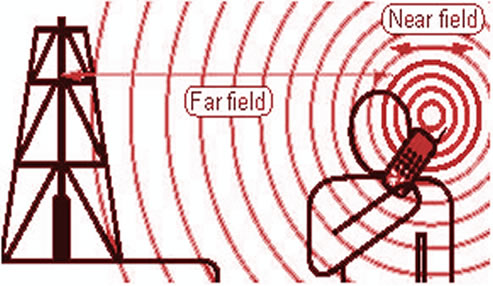Belpoggi-Heart-and-Brain-Tumors-Cell-Phone-Radiation-2018
Falcioni et al (2018). Report of final results regarding brain and heart tumors in Sprague-Dawley rats exposed from prenatal life until natural death to mobile phone radiofrequency field representative of a 1.8 GHz GSM base station environmental emission. Environmental Research. The article in press. Accessed from ScienceDirect on March 9, 2018.
Abstract
Background: In 2011, IARC (International Agency for Research on Cancer) classified radiofrequency radiation (RFR) as a possible human carcinogen (Group 2B). According to IARC, animals studies, as well as epidemiological ones, showed limited evidence of carcinogenicity. In 2016, the NTP published the first results of its long-term bioassays on near-field RFR, reporting an increased incidence of malignant glial tumors of the brain and heart Schwannoma in rats exposed to GSM – and CDMA –modulated cell phone RFR. The tumors observed in the NTP study are of the type similar to the ones observed in some epidemiological studies of cell phone users.
Objectives: The Ramazzini Institute (RI) performed a life-span carcinogenic study on Sprague-Dawley rats to evaluate the carcinogenic effects of RFR in the situation of far field, reproducing the environmental exposure to RFR generated by 1.8 GHz GSM antenna of the radio base stations of a mobile phone. This is the largest long-term study ever performed in rats on the health effects of RFR, including 2448 animals. In this article, we reported the final results regarding brain and heart tumors.
Methods: Male and female Sprague-Dawley rats were exposed from prenatal life until natural death to a 1.8 GHz GSM far field of 0, 5, 25, 50 V/m with a whole-body exposure for 19 h/day.
Results: A statistically significant increase in the incidence of heart Schwannomas was observed in treated male rats at the highest dose (50 V/m). Furthermore, an increase in the incidence of heart Schwann cells hyperplasia was observed in treated male and female rats at the highest dose (50 V/m), although this was not statistically significant. An increase in the incidence of malignant glial tumors was observed in treated female rats at the highest dose (50 V/m), although not statistically significant.
Conclusions: The RI findings on far-field exposure to RFR are consistent with and reinforce the results of the NTP study on near-field exposure, as both reported an increase in the incidence of tumors of the brain and heart in RFR-exposed Sprague-Dawley rats. These tumors are of the same histotype of those observed in some epidemiological studies on cell phone users. These experimental studies provide sufficient evidence to call for the reevaluation of IARC conclusions regarding the carcinogenic potential of RFR in humans.








